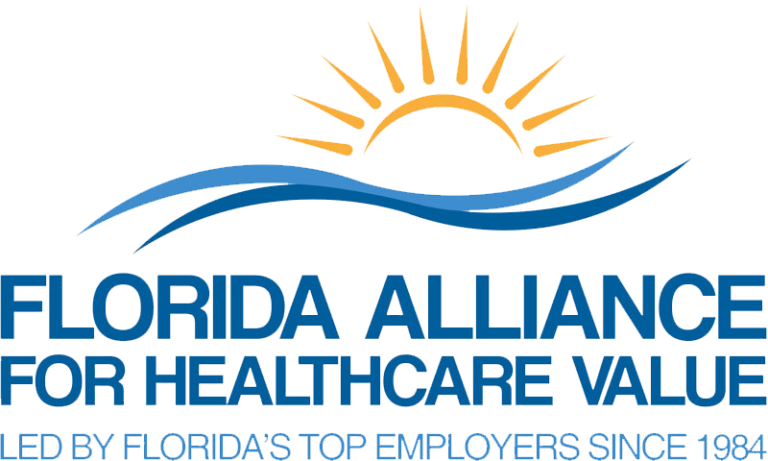Guest contributors: Wayne Burton, MD and Jack Mahoney, MD
Dr. Burton is a healthcare advisor and consultant and former Global Corporate Medical Director at American Express.
Dr. Mahoney is an experienced healthcare strategist and employee health expert. He is currently the Medical Director at the Florida Alliance for Healthcare Value.
Approximately 13 percent of Americans experience migraine headaches, a recurring type of headache that causes severe, throbbing or pulsing pain and can be accompanied by nausea and sensitivity to light and sound. In the working population, migraine headache is the fifth most disabling medical condition in the United States.¹ It is responsible for significant absenteeism, presenteeism (at work but not fully functioning) and healthcare expenditures. A recent editorial in the medical journal Headache provides guidance for treatment of migraines during the COVID-19 pandemic with the goal of keeping migraine patients out of the Emergency Department and hospitals to avoid unnecessary exposure to individuals carrying the virus.
- Offering a virtual migraine education program that empowers employees and their families to manage migraine headaches
- Expanding access and coverage for telemedicine
- Considering elimination of prior authorization requirements for migraine medications to reduce delays due to poor access to physicians, knowing that access to physician offices and pharmacies may be more challenging during the pandemic
How prevalent is migraine headache?
About one out of every 10 American men and women suffer from migraines which occur three times more often in women (18%) than in men (6%). Migraines most often affect the working-age population with a peak incidence between the ages of 30 to 50 years old. In addition, there is a hereditary component. If one parent has migraines, there is a 40% chance of their child having migraines. If both parents have a history of migraines, there is a 75% chance of their child experiencing migraines.
What distinguishes a migraine headache?
- Headache described as pounding or throbbing
- Generally occurring on one side of the head
- May be preceded by sensory changes known as an aura which may continue through the duration of the headache
- May be associated with nausea and vomiting
- Duration of 4-72 hours
- Unable to work or function normally during the headache (reported by 90% of migraine sufferers)
What triggers a migraine headache?
- Migraines often begin in association with a specific trigger, and this varies from person to person with some people having more than one. Triggers can be classified as follows:
- Environmental (e.g., flickering lights, noise, changes in weather, odors)
- Lifestyle (e.g., fasting, irregular sleep patterns, irregular meals)
- Dietary (e.g., aged cheese, alcohol, monosodium glutamage {MSG}, caffeine)
- Physical (e.g., hormones, fatigue)
- Emotional (e.g., stress, behavioral health conditions)
By avoiding a trigger, a person can diminish or even prevent having a headache.
How do healthcare providers diagnose migraine?
There is no specific test for migraine. Healthcare providers typically reply on a detailed history and physical examination to make a diagnosis. Imaging of the brain with MRIs, CT scans, etc., is usually not needed.
How are migraines treated?
Treatment options can generally be classified into three groups:
- Complimentary/non-pharmaceutical: This approach includes avoiding migraine triggers, making lifestyle behavioral changes such as stress reduction with relaxation exercises, wearing dark glasses, undergoing acupuncture, meditating, and participating in cognitive behavioral therapy or biofeedback.
- Acute treatment: Used at the onset of a migraine to either relieve pain or stop the symptoms from fully developing, medications might include:
- Over-the-counter drugs such as analgesics (e.g., acetaminophen, aspirin, non-steroidal anti-inflammatory drugs)
- Triptans which can abort the migraine when taken immediately at the onset of symptoms
- Opioids which pose a risk of addiction and are associated with greater disability and healthcare utilization (The American Academy of Neurology and others strongly recommend that opioid and butobarbital medications NOT be used for the treatment of migraines except as an absolute LAST resort.)
- Preventative medications: These medications are used to reduce the frequency of migraines in people who suffer four or more migraine days a month. Examples include anti-seizure medications, antidepressants, beta-blocking drugs, calcium channel blocking drugs, “ACE” inhibitors and botulinum toxin injections.
- Other migraine medications: A new category of migraine drug is now available and targets a specific molecule called CGRP (calcitonin gene-related peptide). Blocking CGRP can help to reduce the migraine frequency and severity. This class of medications can be used for the acute treatment of migraines and to prevent their occurrence.
¹ Source: International Association for the Study of Pain
Additional Resources
- Employer Toolkit: Working with Migraine (To access, send your Name, Role, Organization Name and e-mail address to workingwithmigraine@amgen.com. Once registered, an e-mail will be sent with access information.)
- Burton WN et al. Evaluation of a workplace-based migraine education program. Journal of Occupational and Environmental Medicine. 2016; 58(8); 790-795
- National Headache Foundation: www.headaches.org
